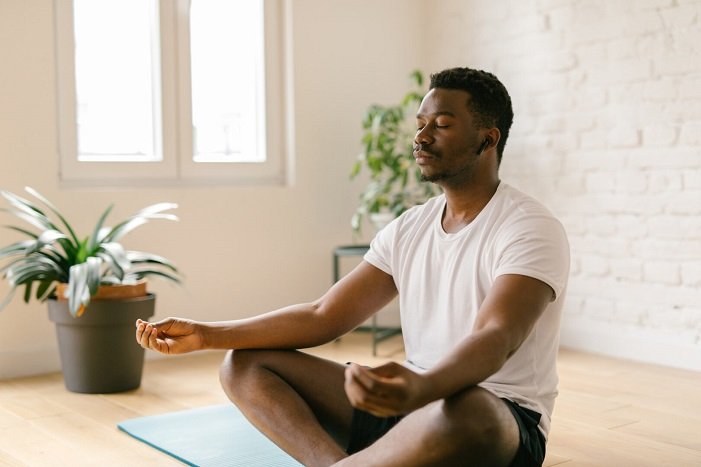Introduction: Why I Chose Minimalism
A few years ago, I found myself overwhelmed—not just by my schedule but by the sheer amount of “stuff” in my life. My closet was packed, my schedule was overflowing, and my mental clarity was foggy.
The answer, for me, was adopting a minimalist lifestyle. It wasn’t about living with nothing; it was about focusing on what truly mattered.
What is Minimalism?
Minimalism is more than just a design trend; it’s a way of living that encourages simplicity and intentionality. It’s about clearing out what’s unnecessary—be it possessions, commitments, or even mental clutter—so you can focus on what brings joy and value.
1. Decluttering Your Space
The first step to minimalism is creating a clean, organized environment. I started with a single drawer, removing items that didn’t serve a purpose. This process quickly evolved, and soon, my entire living space felt lighter and more serene.
Tip: Try the “one in, one out” rule. For every new item you bring into your home, let go of something you no longer use or need.
2. Simplifying Your Schedule
Minimalism isn’t just about things; it’s about how we spend our time. I realized that an overloaded schedule was as draining as a cluttered home. By setting boundaries and learning to say “no,” I regained control of my days and felt less stressed.
Tip: Prioritize activities that align with your values and bring you joy, and gently let go of commitments that don’t.
3. Digital Declutter
One overlooked area in minimalism is our digital life. Unnecessary apps, emails, and notifications can clutter our minds and increase anxiety. I dedicated time to unsubscribe, delete, and organize. Now, I have a clean, streamlined digital space that makes it easier to focus.
Tip: Set aside 10 minutes each week to delete unused apps and unsubscribe from emails that no longer serve you.
4. Mindful Spending
Minimalism reshapes how we think about money, too. When I stopped impulse buying, I noticed my financial health improved. Instead of splurging on items I didn’t need, I began investing in things that brought genuine satisfaction.
Tip: Try the 30-day rule. If you want to buy something, wait for 30 days. Often, the desire fades, helping you avoid unnecessary purchases.
5. Finding Joy in Experiences, Not Things
Minimalism has taught me that the best things in life aren’t things at all. Instead of filling my life with possessions, I’ve prioritized experiences, like spending time with loved ones or exploring nature. These moments add a richness to life that items never could.
Read More:
The Ultimate Guide to Achieving Work-Life Balance: Tips for a Happier, Healthier You
Conclusion: Start Small and Be Patient
Minimalism isn’t about perfection. It’s a journey of continuous improvement and self-discovery. Whether you start by decluttering a drawer or simplifying your schedule, each small step brings you closer to a life filled with purpose and clarity.
Ready to transform your life through minimalism? Start with one small step today, and watch the benefits unfold.

